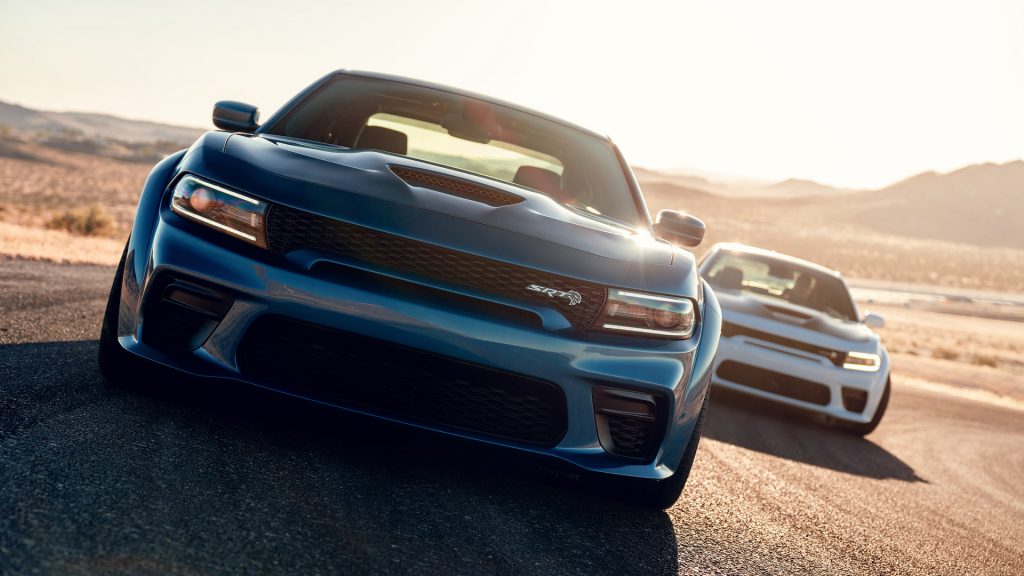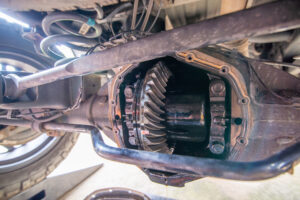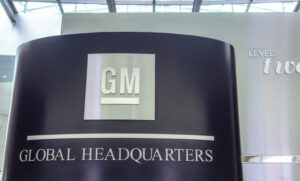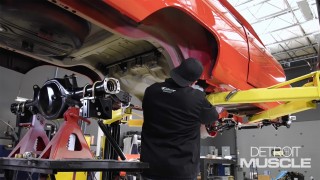Study Claims That Muscle Cars Result in More Reckless Driving, Accidents, and Fatalities Than Any Other Car

Everyone loves muscle cars. They’ve got horsepower, size, and looks cool enough to make you do a double-take. However, a recent study conducted by the Insurance Institute for Highway Safety (IIHS) claims that as cool and as awesome as these cars can be, the data suggests that they can also be magnets for trouble.
According to the IIHS, six of the 21 vehicles with the highest driver death rates with the model year 2020 were all a variant of the Chevrolet Camaro, Dodge Challenger, Dodge Charger, and Ford Mustang. The other cars on the list consisted of mostly small cars and minicars.
In contrast, eighteen of the 23 vehicles with the lowest driver fatality rates were either SUVs or minivans.
“We typically find that smaller vehicles have high driver death rates because they don’t provide as much protection, especially in crashes with larger, heavier SUVs and pickups,” says IIHS President David Harkey in a statement. “The muscle cars on this list highlight that a vehicle’s image and how it is marketed can also contribute to crash risk.”
How Are Muscle Cars at Fault?
It shouldn’t come as a surprise to anyone that smaller vehicles fetch a higher fatality rate than larger ones. However, it is strongly believed that muscle cars are being singled out due to the manner in which they are being driven. Because they are known for being some of the most popular high-performance vehicles on the market, there is a percentage of aggressive drivers that are not fully skilled or mature enough to handle the responsibility of a large engine.
This much can be said for the spontaneous street takeovers in urban areas that result in accidents involving other cars, pedestrians, and the public infrastructure due to their mishandling. The same goes for overly-aggressive driving on the highway which can result in fatalities of both the driver and innocent highway users.
In other words, part of the blame belongs to certain aspects of muscle car culture. But with the Chevy Camaro about to be retired and Dodge swapping out the HEMI V8 for an all-electric platform, perhaps there will be some changes in certain individuals’ behaviors in the muscle car scene.
What Is the Overall Big Picture?
Every three years the IIHS has been calculating the driver death rate since 1989. But it wasn’t until this year when the best and worst models involved were included in the study.
From 2018 to 2021, there were 155,136 traffic fatalities in the U.S. That is about a five-percent increase from the previous period of 2015 to 2018. For the year 2020, the average driver death rate had also increased to 38 deaths-per-million registered vehicle years when compared to 36 deaths per million in 2017.
Minicars like the Mistubishi Mirage G4 and the Kia Rio had the highest driver death rates, averaging 153 deaths per million registered vehicle years. Meanwhile, large luxury SUVs like the BMW X3 and the Volvo XC90 scored the lowest, with an average of only 4 deaths per million.
However, the opposite can be said for other-driver deaths. Large pickup trucks like the Ram 3500 Crew Cab long bed and the Ford F-350 scored the highest, averaging 121 deaths of other drivers. Meanwhile, smaller sports cars had the fewest other-driver deaths, with an average of 11 per million registered vehicle years.
In 2020, the overall other-driver death rate was 54 deaths per million registered vehicle years. According to the IIHS, there have been more other-driver fatalities than driver fatalities because accidents caused by newer vehicles are better equipped to handle crashes than the rest of the vehicles on the road, which are made up of older models.
“Overall, newer vehicles are much safer than those of the past,” said Chuck Farmer, vice president of research and statistical services, who calculated the rates. “But, unfortunately, there are still major differences in the levels of protection that various models provide. There was also a spike in speeding-related fatalities during the pandemic, which may help explain why we find so many muscle cars among the worst performers for this period.”









